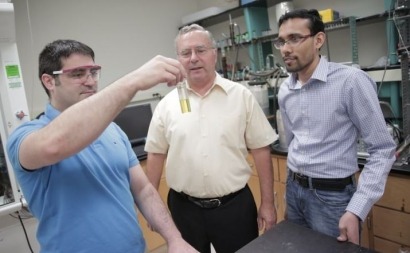
The key for turning three components – cellulose, hemicellulose and lignin – of non-edible biomass into distinct products is a solvent derived from plant material, gamma valerolactone (GVL).
“GVL is very effective at fractionating the biomass,” stated David Martin Alonso, the study’s first author and a researcher in chemical and biological engineering at UW–Madison. “But it is also much more stable than other solvents, allowing us to reuse 99% of it in a closed-loop process. Until now, solvent loss had been a major bottleneck for making a renewable and carbon-efficient bio-refinery economically feasible.”
Several industry sectors, including paper mills and car manufacturers, may potentially benefit from the new technology. Dumesic says the next challenge is to de-risk the technology.
“Now that we have proven that GVL is very effective at separating the three biomass fractions without diminishing their value, we see a path forward to becoming cost-competitive with a petroleum refinery,” he says. “Our next goal is to demonstrate that this new kind of bio-refinery can deliver a wide range of advanced biofuels and commodity chemicals as end products.”
For additional information:

